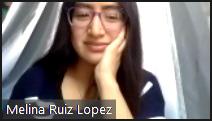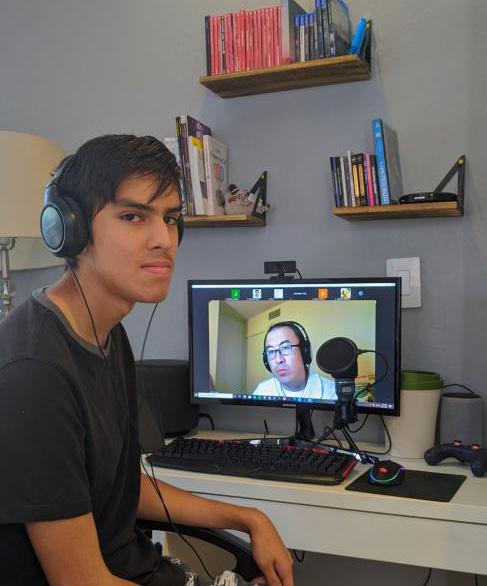
2 minute read
Rethinking Program Delivery and Engagement

Rethinking Program Delivery & Engagement
Advertisement

During the unraveling of this public health crisis, our youth also suffered devastating upheaval in their education. Even before the pandemic, low-income and first-generation students faced major barriers to getting into and completing college due to poorlyresourced schools and communities. COVID-19 has only widened the gap of inequities.
In this unprecedented time in education, we stand at a crossroads in our path ahead. With an entirely virtual school year under our belt and the prospect of a return to school campus that looks dramatically different than the past, the school community, students, and Fulfillment Fund face new challenges in keeping students on track, graduating, and persisting through college. We have witnessed the digital divide within our students. Many have little to no access to the technology they need to learn, and in some cases, they lack a dedicated, quiet study space. Lower-income students face increased responsibilities at home; as some parents have lost their jobs, they have had to work to supplement their family’s income or care for younger siblings while their parents are at work. COVID has also disproportionately affected low-income communities, creating additional stressors on already overtaxed families.
For the first time in a decade, there is an immense risk that high school dropout rates will rise. Years of progress made toward closing the opportunity gap for low-income and firstgeneration students stand to be reversed.
When so many others are pulling back support to our economically vulnerable neighbors out of either choice or necessity, Fulfillment Fund is leaning in to provide greater support. We are choosing to see an opportunity during this crisis. We are re-thinking our service delivery model to meet the needs of this moment and think through how we better serve our community in a post-pandemic world.
Much of this work was already in place before COVID, as we piloted engaging virtual student services, deepened programs to better support college graduation, and began to invest in helping students be career-ready after graduating. In the fall semester of 2020, we will use digital platforms such as Google Classroom and YouTube to ensure our students have the continued support they need.
Our programs team has been adapting to be even more responsive and impactful, as well as forming partnerships and alliances that allow greater collaboration among those of us with the privilege to serve in this space. These partnerships will be essential as we work toward doing more with potentially shrinking resources as our economy continues to weather COVID’s impact.
Perhaps the most important partnership of all is the one with our Fulfillment Fund parents. To nurture this relationship, we are creating more ways to engage with them virtually to make sure they have the resources and information they need to propel their student on their academic road to college.
We are listening, learning, and adapting as we aim to close equity gaps and mitigate achievement and learning loss in an educational system that has upended seemingly overnight. As we stand at this juncture, we will continue to be bold, passionate, and entrepreneurial.









